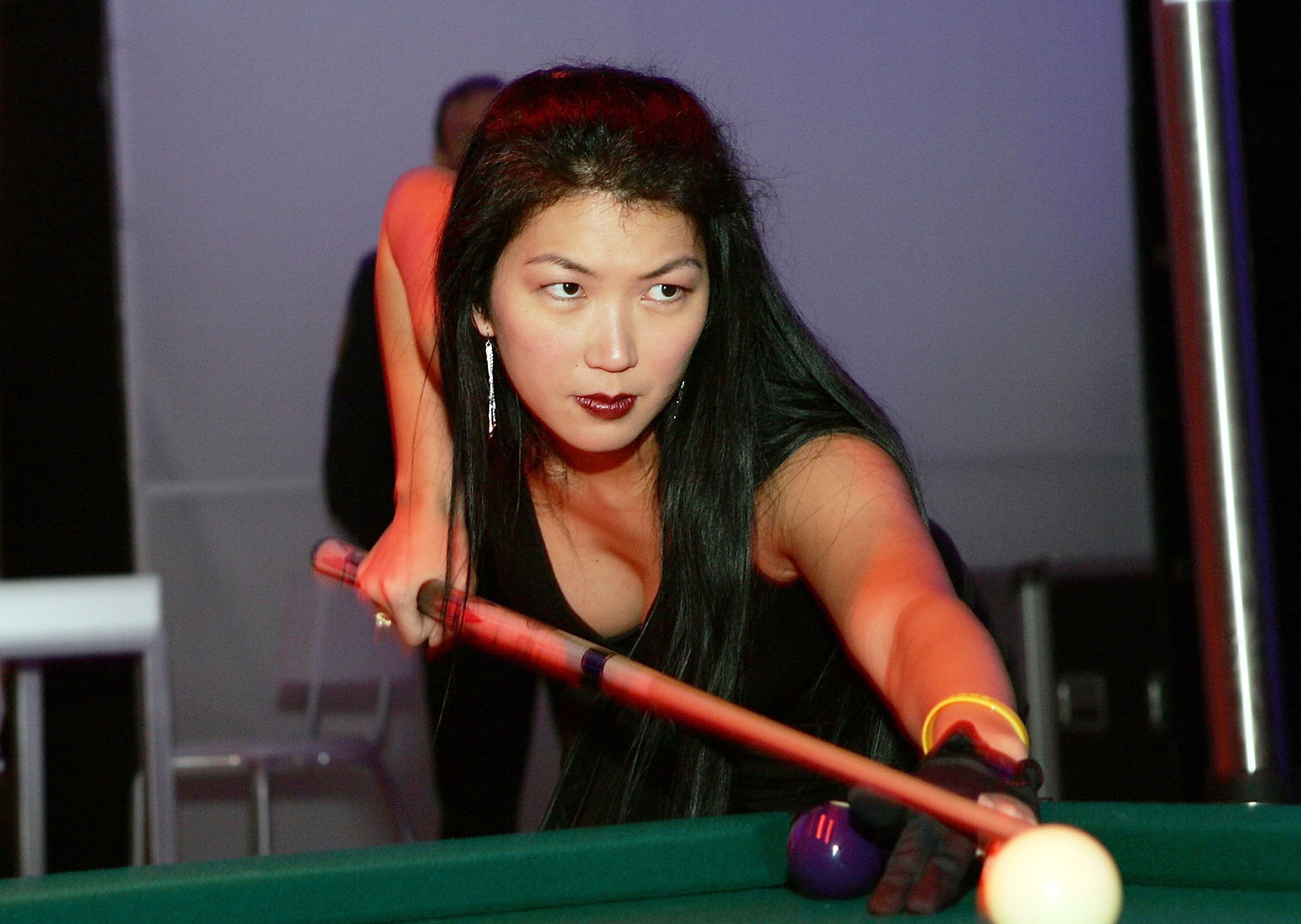
Billiards can be played with skill. To win, players must hit the cueball at a given angle. This allows the cueball to travel at a given speed and adds spin to it. Unfortunately, many players are not careful about how their shots look. If you're a beginner, you can take some time to learn about the different positions you can hit the cue ball in order to get a clear idea of where you should be hitting it.
It is essential to have a firm grasp on the game. It can be costly to make mistakes. Make sure you practice all angles and understand how they affect your play. In fact, taking some time to master the various angles for each shot can help you gain the experience and confidence to make more precise shots in the future.

A notepad and a pen are the best tools to help you determine your angles. It is important to consider the effect of hitting the cueball on the rest of your game. A general plan should be developed for every shot. You should aim for the center of the cue ball to draw it back. You must follow through, but it won't be of much use.
You can also practice your cue ball skills by playing a few rounds. Online pool is another option. The web version of the game allows you to place your cue ball, then tap it with the left click button. Once you have mastered the basics, you can start playing real pool.
It's not an easy task to get the cue ball angle right. It can be difficult, but it is possible with a little trial and error. You must take time to hit your ball correctly and follow through. Otherwise, your chances of a successful shot are slim.
You should also consider other factors when deciding where to hit your cue ball. Although there is no magic number for where to hit the cue ball, it is worth considering the areas that have the least interference from other players. For the best possible results, you'll need to be fluent in English.

A tangent line is a natural line that the cue ball will follow after impact. The cue ball's center should be the tangent line. It should run parallel to the cue ball's direction. If the cue ball is moving, a tangent will be particularly helpful. You can also use the speed of your ball to determine the direction of your tangent line.